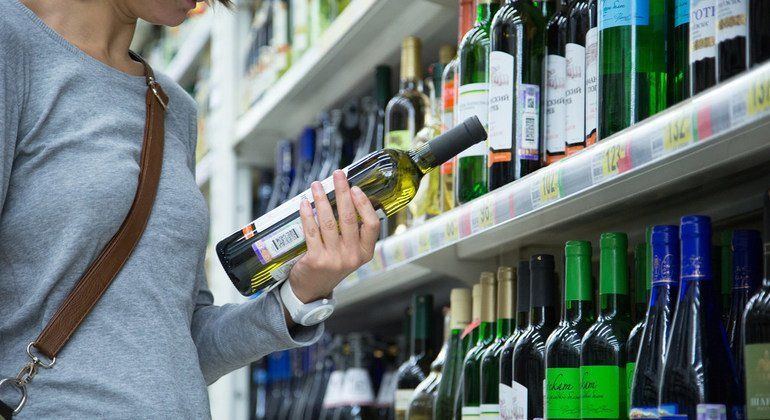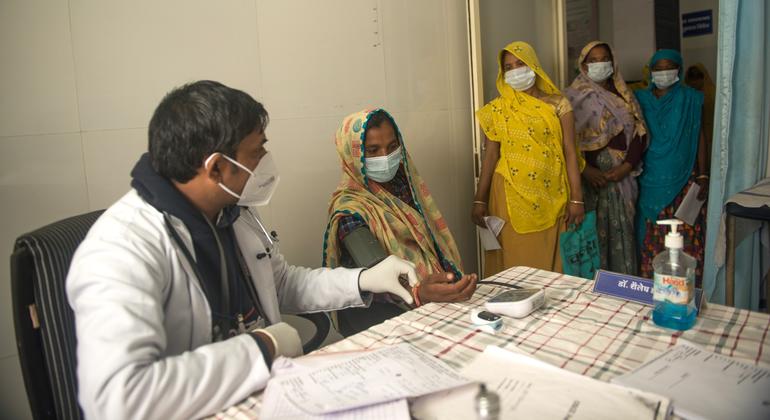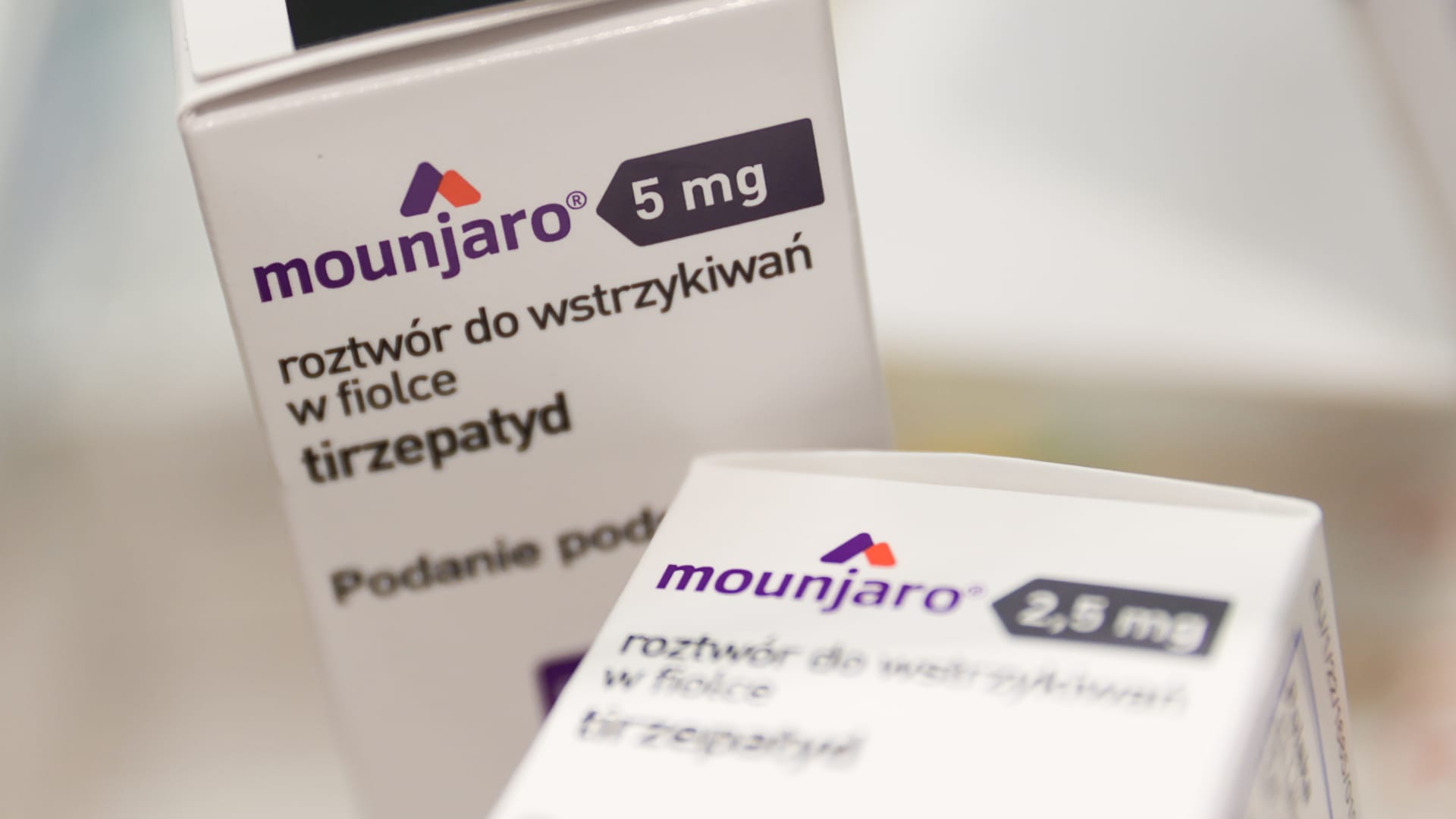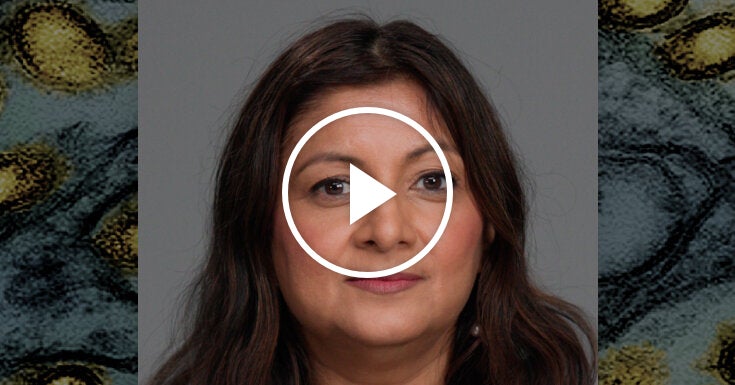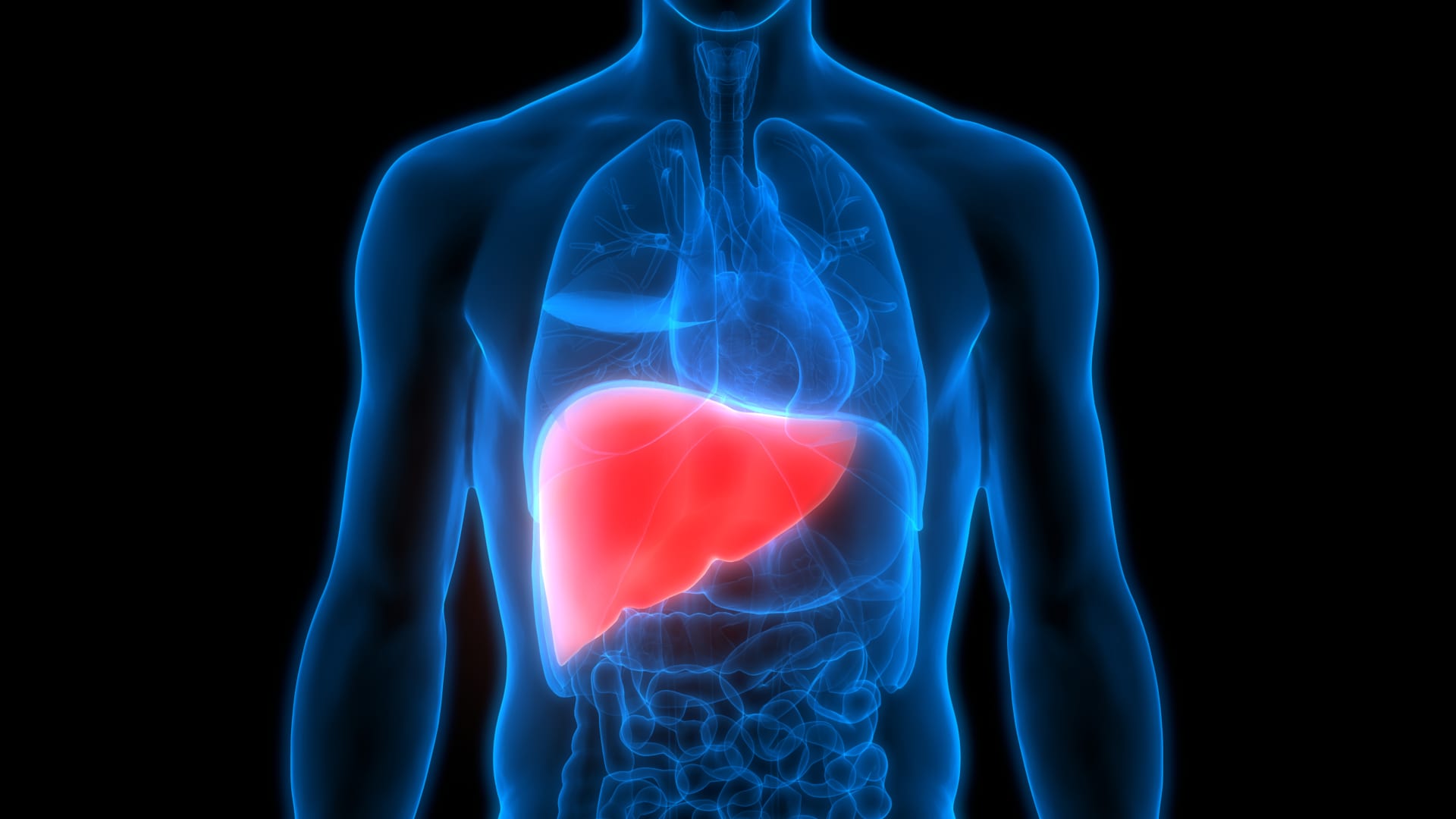Dr Gauden Galea of the WHO said the impact was far-reaching, including domestic violence, accidents and mental health problems. He urged countries to implement effective policies to reduce alcohol consumption.
How much do Europeans drink?
The figures are alarming: men in the region drink almost four times more than women and 470 million people drink, according to the latest data. Two out of three adults drink, one in ten has an alcohol use disorder and almost six percent live with alcohol dependence. However, only 12 of the 53 countries have made progress in reducing consumption by 10 percent since 2010.
While the WHO European Region is on track to meet its alcohol target, this is mainly due to large reductions in a few large countries such as Russia, Turkey and Ukraine, which have increased taxes and limited availability. In contrast, EU countries have seen no change in alcohol consumption for more than ten years, highlighting the need to step up action to meet the Sustainable Development Goals (SDGs).
Dr Carina Ferreira-Borges, Regional Advisor on Alcohol, Illicit Drugs and Prison Health, said: “We are paying the price – alcohol is causing hundreds of thousands of cardiovascular diseases, injuries, cancers and cirrhosis of the liver in our region.”
Harmful effects of alcohol
The report warned that alcohol is the leading cause of death in Europe, responsible for almost 800,000 deaths a year; 2,200 people die every day from alcohol-related causes, almost nine per cent of all deaths in the region.
Non-communicable diseases (NCDs), such as heart disease, cancer, diabetes and chronic respiratory diseases, are responsible for 90% of deaths and 85% of years of disability in the WHO European Region. Most alcohol-related deaths (more than 600 000 per year) are due to NCDs, and half of these are due to heart disease. The report shows a high incidence of alcohol-related cancers in Europe due to high consumption and an ageing population.
This is even more problematic because few people are aware that alcohol is a major risk factor for cancer. Despite being classified as a Group 1 carcinogen by the WHO's International Agency for Research on Cancer (IARC), many people are unaware that alcohol can cause cancer, the report said.
Not enough is being done to reduce alcohol consumption
Despite clear evidence of harm, many European countries are failing to implement WHO recommendations, which include increasing alcohol taxes, restricting marketing and reducing availability.
Lithuania, Latvia and Estonia have shown that population-level control policies can reduce consumption, harm and increase life expectancy.
“We have the tools and the evidence. We need the will. As the 2025 deadline for the United Nations High-Level Meeting approaches, we must act now and make the changes necessary to keep our populations healthy,” Dr. Galea stressed.
WHO urged countries to act now to meet the Sustainable Development Goals on health and limit commercial interests that promote alcohol consumption.

